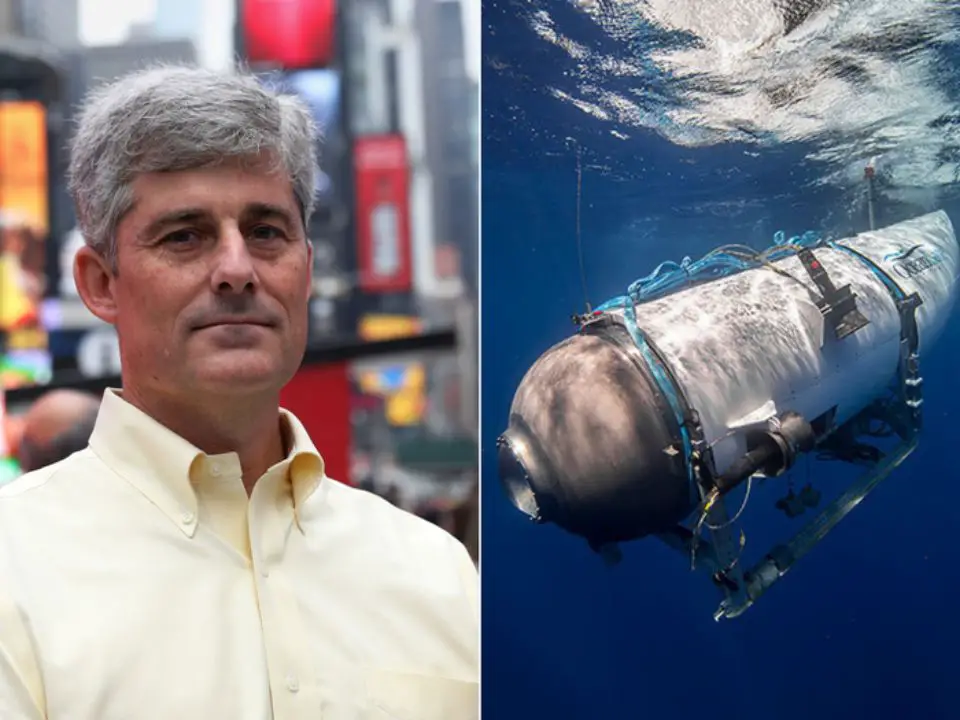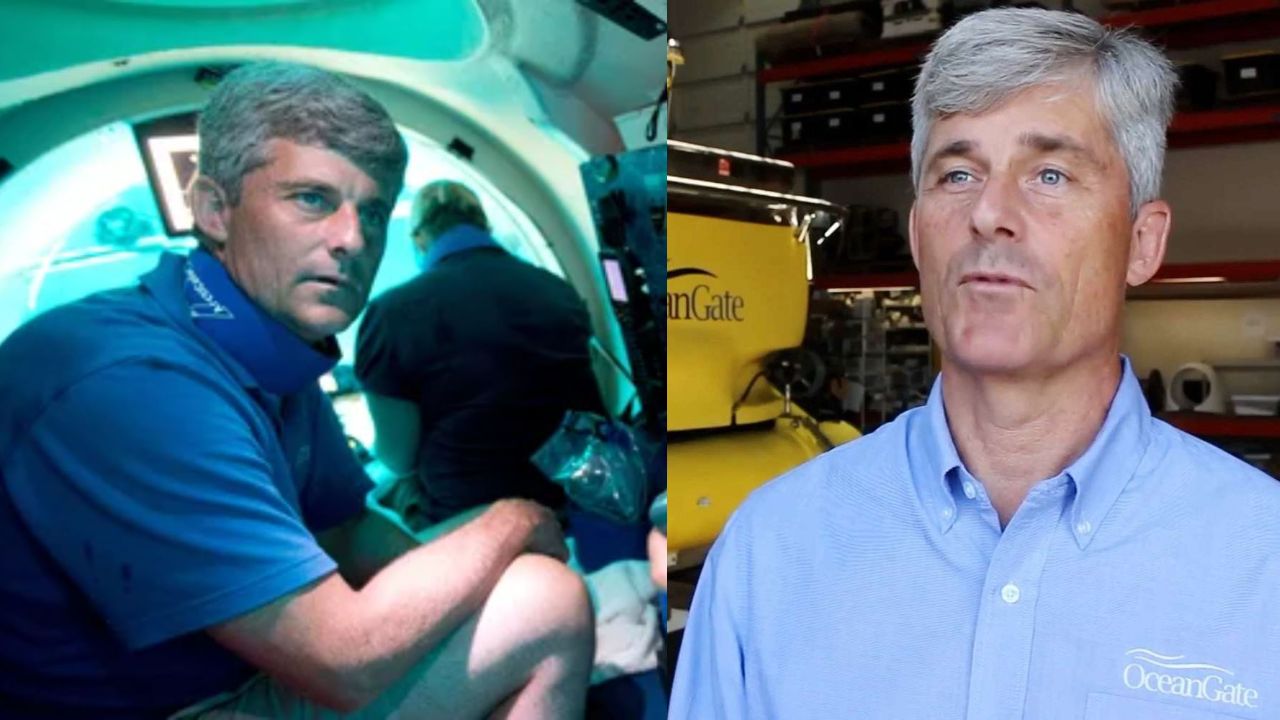The weight loss journey of Stockton Rush, the CEO of OceanGate, has gained attention as he went missing while exploring the Titanic wreck. Despite no official reports on Rush's weight loss, his active lifestyle as an adventurer and his dedication to health and fitness suggest that he took great care of his body.
In a devastating turn of events, a recent submarine tragedy has captured the world's attention. As the details unfold, one of the individuals involved, Stockton Rush, becomes a focal point due to his remarkable weight loss journey.
Combining the somber news of the submarine incident with the personal achievements of Stockton Rush, we explore the contrasting narratives that have emerged from this unfortunate series of events.
Earlier, we discussed the weight loss changes of Lu Corfield.
Why is Stockton Rush's Weight Loss Gaining Attention?
 Stockton Rush's weight loss is trending amid the submarine tragedy.
Stockton Rush's weight loss is trending amid the submarine tragedy.
Image Source: Insider
Stockton Rush's weight loss journey has been nothing short of inspiring. Prior to the submarine expedition, Rush embarked on a transformative path to improve his health and well-being. Through dedication, discipline, and lifestyle changes, he managed to shed a significant amount of weight, capturing the admiration of those around him.
Tragically, during the recent submarine expedition, the submersible carrying five individuals, including Stockton Rush, encountered a catastrophic incident resulting in the loss of all lives on board. The U.S. Coast Guard confirmed the discovery of a "debris field" that matched the submersible, leaving no hope for survivors.
The expedition began as the team set off from St. John's, Newfoundland, Canada, with the mission to explore the wreckage of the Titanic. However, due to unfavorable weather conditions, this was expected to be the only manned mission to the Titanic in 2023.
Despite the challenges posed by the weather, Stockton Rush expressed optimism in a Facebook post, announcing their plan to attempt a dive the following day. Unfortunately, communication between the submersible and the surface vessel was lost just over an hour into the descent.
Following the submersible's disappearance, extensive search and rescue operations were launched by U.S. and Canadian ships and planes in the area where the tragedy occurred. Sonar buoys capable of monitoring the depths were deployed, and assistance was sought from commercial vessels to aid in the search.
As the days went by, the search efforts intensified, with French support joining in by deploying a ship equipped with a deep-sea diving vessel. Canadian aircraft detected sounds over several hours, prompting hope of potential signs of life. However, as time elapsed, the chances of recovering survivors grew increasingly slim.
Meanwhile, Stockton Rush's weight loss journey, which had brought hope and inspiration to those witnessing his transformation, now stands in stark contrast to the tragedy that befell him and his fellow expedition members. The same determination and resilience that fueled his pursuit of a healthier lifestyle now serves as a reminder of the fragility of life.
OceanGate CEO Stockton Rush's Past Comments on Sub Design Under Scrutiny Following Tragic Submersible Implosion
In a resurfaced interview from 2021, OceanGate CEO Stockton Rush has come under scrutiny following the confirmed implosion of the company's submersible during a recent expedition. Rush, who was also the pilot of the sub, had made comments about breaking rules in the design of the sub to make trips to the Titanic possible for his company. The interview, conducted with vlogger Alan Estrada, revealed Rush's unconventional approach to materials and design choices.
Rush discussed the use of carbon fiber and titanium in constructing the sub, which deviated from traditional methods. While carbon fiber was a unique approach, experts raised concerns about its behavior under extreme pressure. The vessel also featured a 7-inch-thick acrylic plexiglass window that Rush acknowledged would deform under immense underwater pressure.
Despite the ongoing trial phase, Rush expressed his ambitions for the sub, envisioning a more sophisticated technology that could respond to voice commands and provide a seamless user experience. However, criticisms regarding the vessel's safety were raised by industry professionals in 2018, and a lawsuit filed earlier this year alleged trip cancellations and equipment failures.
While some experts questioned Rush's designs, it is worth noting his background as a Princeton-educated aerospace engineer who previously built and designed airplanes and submersibles. The Titan submersible had completed 20 uneventful trips to the sea floor before the tragic incident.
The resurfaced interview and the subsequent revelations have added to the scrutiny surrounding OceanGate and Stockton Rush. The implosion of the submersible and the loss of all lives onboard have raised questions about the company's safety protocols and decision-making processes. The investigation into the incident will likely delve into these aspects to determine the cause and prevent future tragedies.
As the world mourns the loss of lives in this unfortunate event, the focus remains on understanding what led to the implosion and addressing any systemic issues to ensure the safety of future deep-sea expeditions. The ocean exploration industry will likely see a "chilling effect" in the aftermath of this tragedy, but for those driven by the allure of discovery and the risks associated with it, the pursuit may continue.

